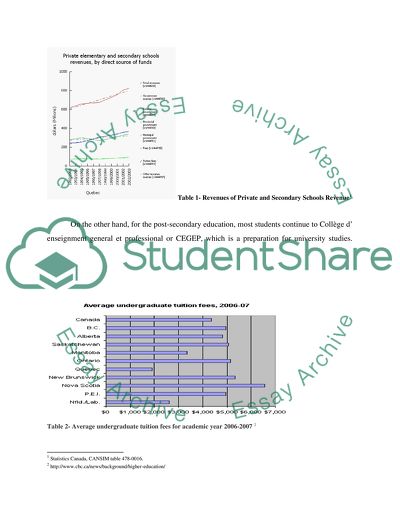Cite this document
(“Re evaluating Quebec Tuition Fees Essay Example | Topics and Well Written Essays - 2500 words”, n.d.)
Retrieved from https://studentshare.org/miscellaneous/1503097-re-evaluating-quebec-tuition-fees
Retrieved from https://studentshare.org/miscellaneous/1503097-re-evaluating-quebec-tuition-fees
(Re Evaluating Quebec Tuition Fees Essay Example | Topics and Well Written Essays - 2500 Words)
https://studentshare.org/miscellaneous/1503097-re-evaluating-quebec-tuition-fees.
https://studentshare.org/miscellaneous/1503097-re-evaluating-quebec-tuition-fees.
“Re Evaluating Quebec Tuition Fees Essay Example | Topics and Well Written Essays - 2500 Words”, n.d. https://studentshare.org/miscellaneous/1503097-re-evaluating-quebec-tuition-fees.


